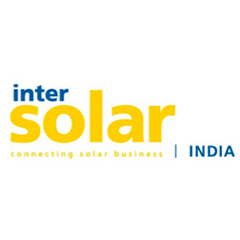With severe oversupply and recently crashing polysilicon prices, module prices have dropped precipitously – as low as $0.70/W from top-tier Chinese players. However, the cost of goods sold (COGS) for modules has largely not reached this level, resulting in massive net losses for a majority of module manufacturers.
With pressure from competitors, customers, and policy-makers to drop prices even further, manufacturers need to drive costs down to survive and thrive during the coming years of growth in the demand market. In a detailed cost and sensitivity analysis, Lux Research analysed the impacts of drivers like low-cost manufacturing locations, high efficiency, increased capacity utilisation, and higher production yields on module COGS, as well as identified the incumbent technologies poised to take advantage of these downward cost drivers.
The solar module market is vastly oversupplied, with nearly twice as much manufacturing capacity than there is demand. As a result, manufacturers are forced to cut margins and sell modules at or below costs, which has resulted in record low prices as well as significant net losses for manufacturers.
Not only do manufacturers need to reduce module COGS to return to profitability, but customers and policy-makers need prices to come down even further for the solar industry to continue growing in the face of diminishing government subsidies. Lux Research analysed what factors have the largest impact on COGS and how different
technologies will utilise them moving forward, and found:
• Low-cost manufacturing, efficiency, capacity utilisation, and yield will play key roles in the future of module COGS. Manufacturing location has the greatest potential influence on COGS but overcapacity makes opening new facilities in low-cost countries unlikely. Consequently, increasing module efficiencies will make the most difference, up to $0.09/W for mc-Si and $0.21/W for CIGS.
• CIGS has one of the steepest cost reduction curves as young manufacturers perfect processes, resulting in the technology becoming cost competitive with c-Si and mc-Si in 2013 and 2015 respectively. =
• Incremental x-Si improvements will come from increases in cell efficiency and capacity utilisation, but significant, long-term improvements will be driven by perfecting and scaling dramatic technological changes such as kerfless wafers, silver metallisation replacements, selective emitters, heterojunction with intrinsic thin layer (HIT) cells, and back contact modules.



























